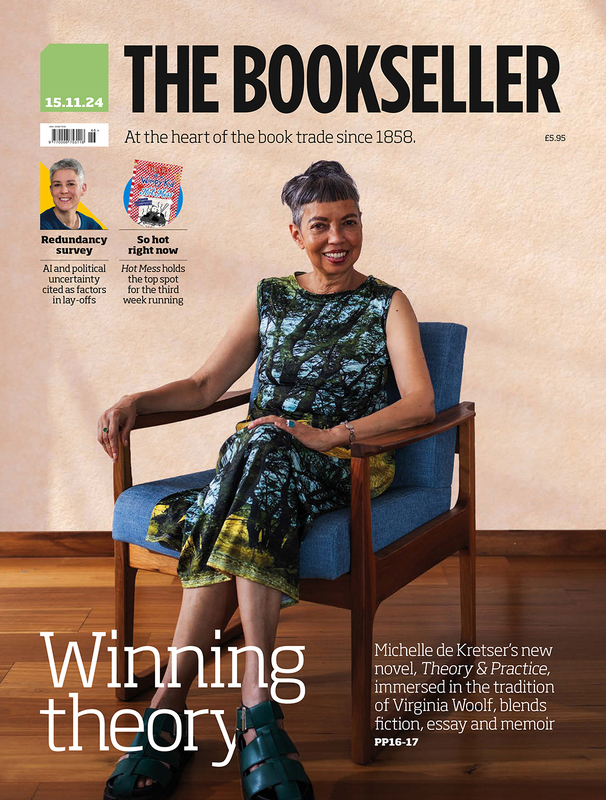You are viewing your 1 free article this month. Login to read more articles.
Hodder bags second Borough Market book
Hodder & Stoughton has bagged Borough Market: Edible Histories, Epic Tales of Everyday Ingredients by Mark Riddaway, with illustrations by Emily Langford.
Publisher Liz Gough bought world rights from Zoe Ross at United Agents, for publication on 12th November 2020.
The book explores how certain ingredients have evolved over thousands of years and travelled journeys across the world, to end up as the most steadfast items available at our markets and on our plates every day. It tells the story through “enlightening and witty” biographies of 15 ingredients.
Its synopsis explains: “In Borough Market: Edible Histories, award-winning food writer Mark Riddaway takes us on a culinary journey through the most fascinating, surprising and downright bizarre stories behind Britain’s most-liked ingredients. Many of the foods we now hold in esteem and consider firm favourites found themselves on our plates by the most convoluted of routes, and our growing taste for them had an impact on the world far beyond these shores.”
Gough said: “We are thrilled to be working with the Borough Market team again after the huge success of The Borough Market Cookbook, and it’s been wonderful working alongside Mark Riddaway as he delves into the rich food history of the UK. Borough Market: Edible Histories takes us on a fascinating journey through centuries of food history and is jam-packed with fantastic nuggets of information about the items we enjoy eating and drinking every day. Filled with illustrations, the book will make the perfect Christmas gift. We are really excited to be publishing it at Hodder.”
Riddaway is a writer, editor and runs indie publishing firm, LSC Publishing. He has launched, edited and written for a host of highly regarded magazines and websites, covering subjects as diverse as food, culture, weather, parenting and the Marylebone district of London. His involvement with Borough Market began more than a decade ago, and since 2012 he has been the editor and publisher of Market Life, the market’s bi-monthly food magazine
He said: “This book takes the proposition that questioning where your food comes from is an important thing to do, and then really runs with it, back through the centuries. It starts with the belief that a modicum of enlightenment can be found in learning not just how a particular ingredient found its way to a market stall or supermarket shelf, but how its forebears passed through space and time to exist in this form, in this place, in this moment: not just where our food comes from, but where our food really comes from.”



















